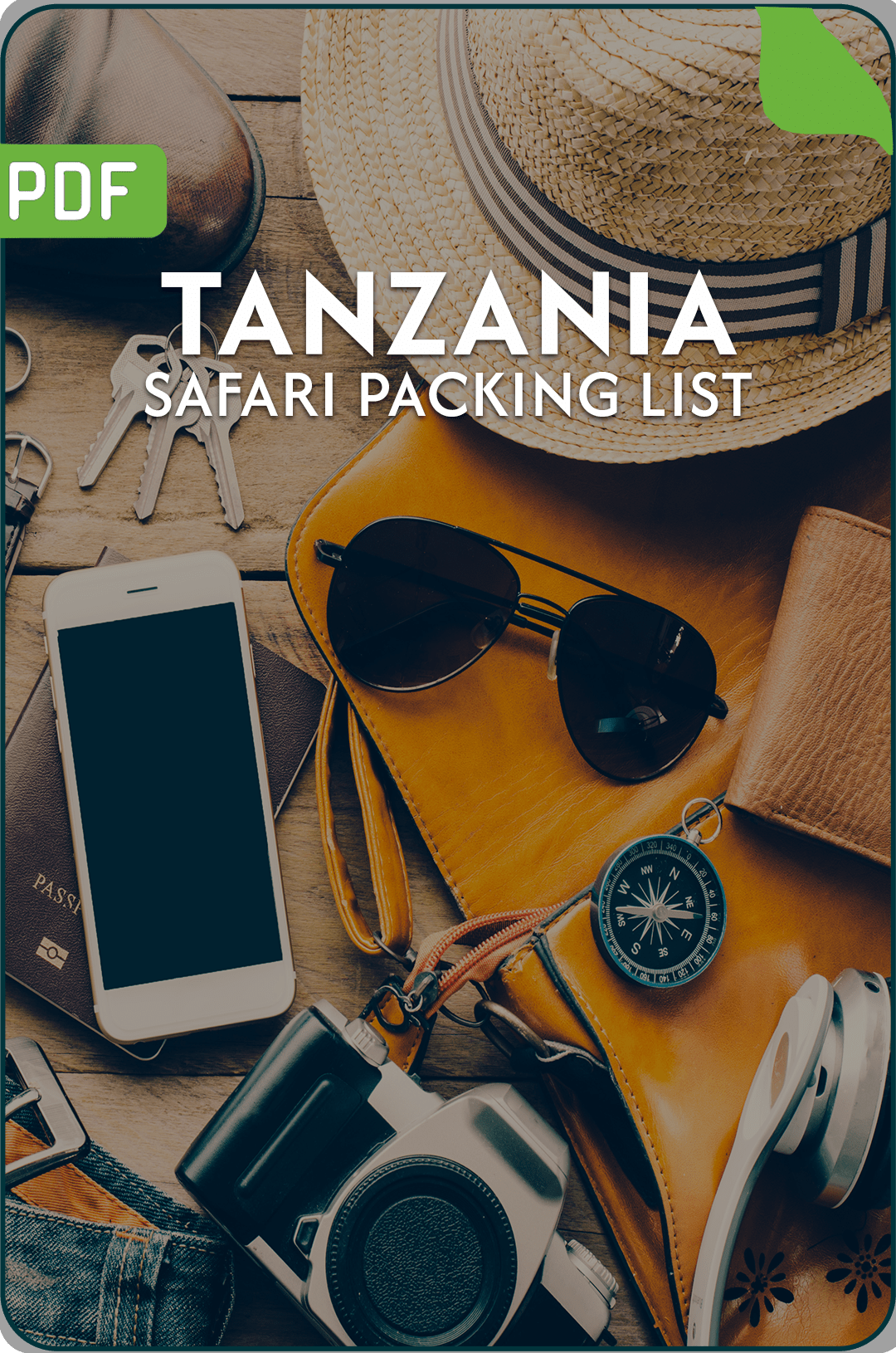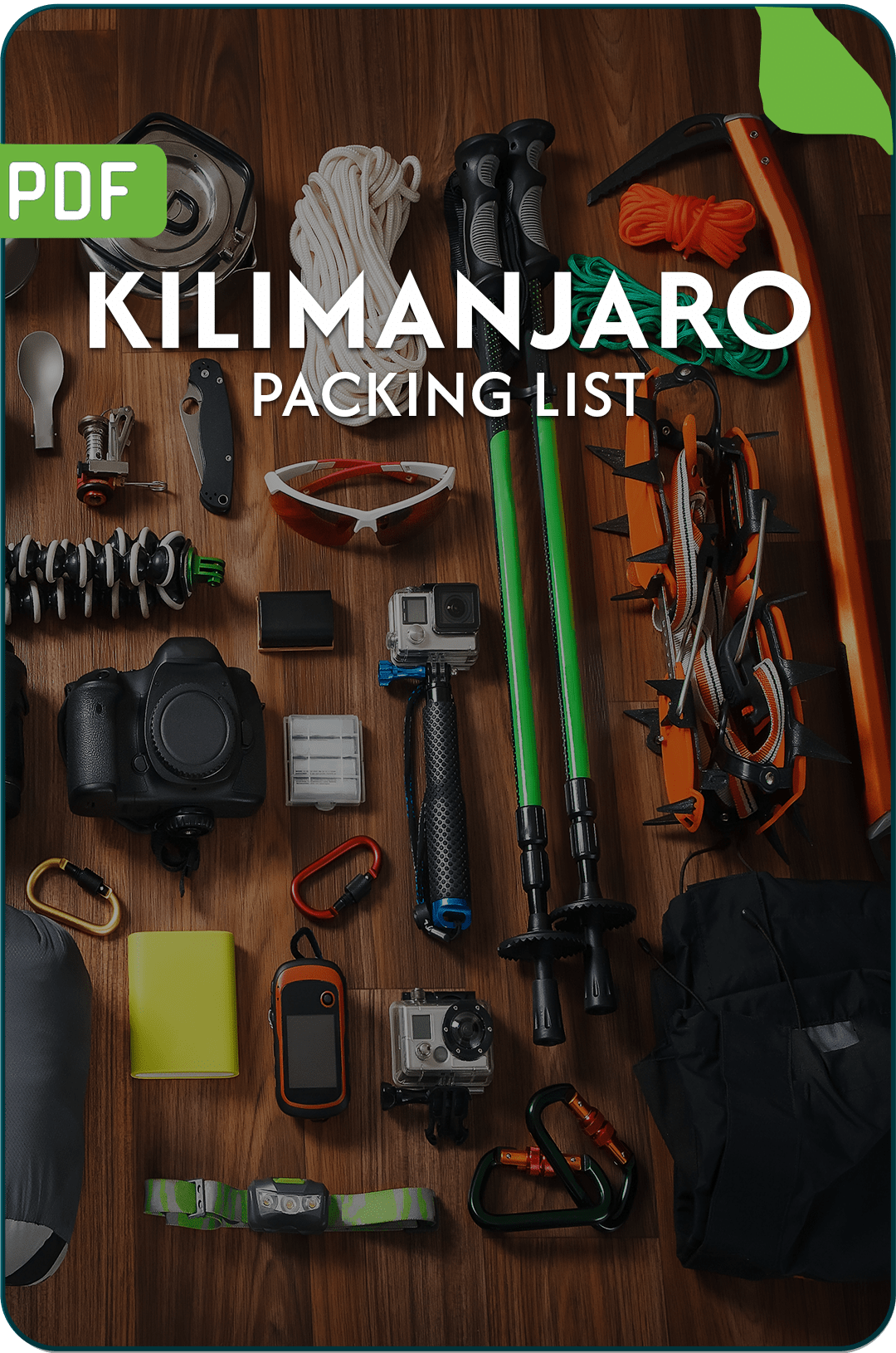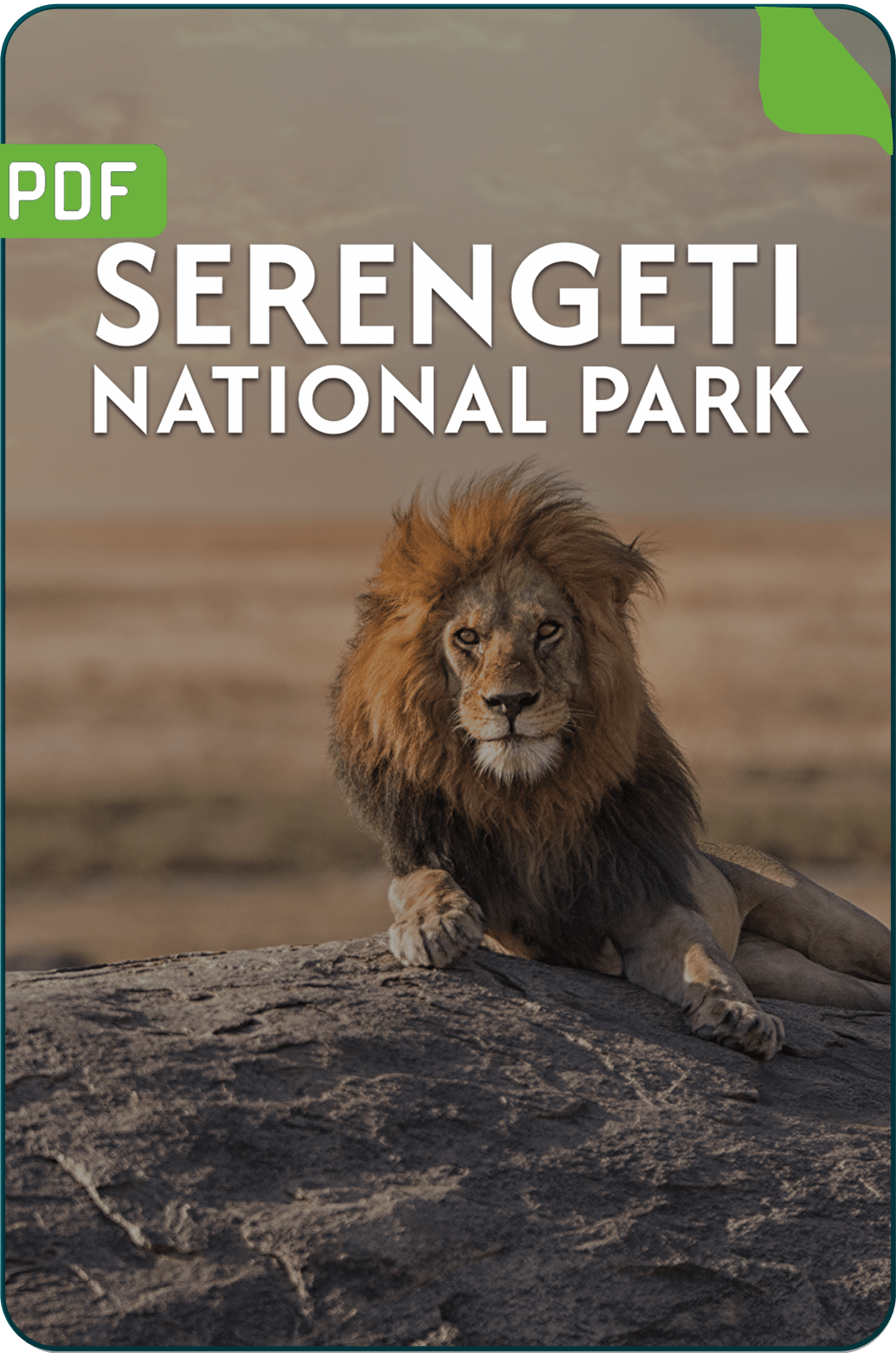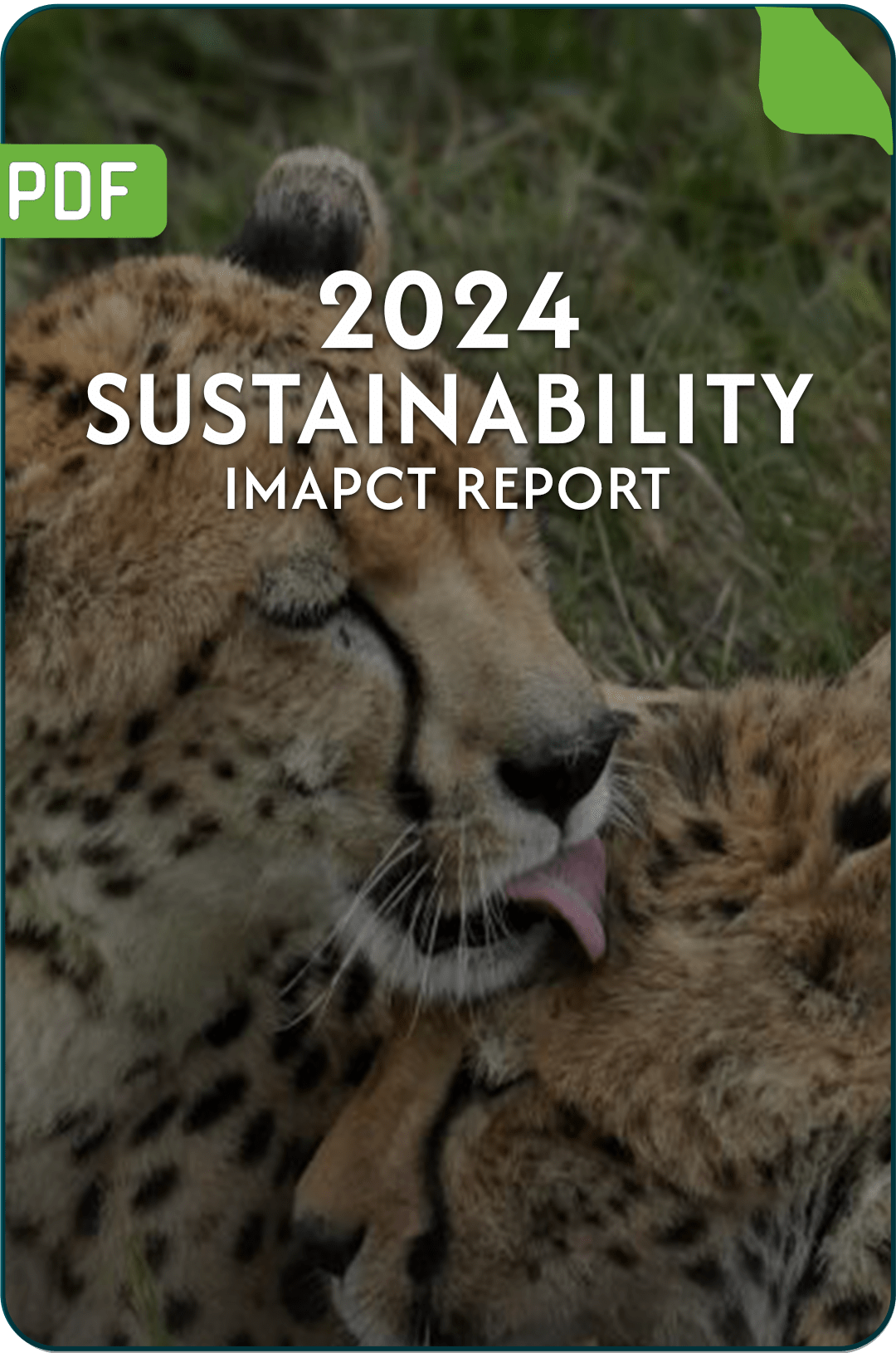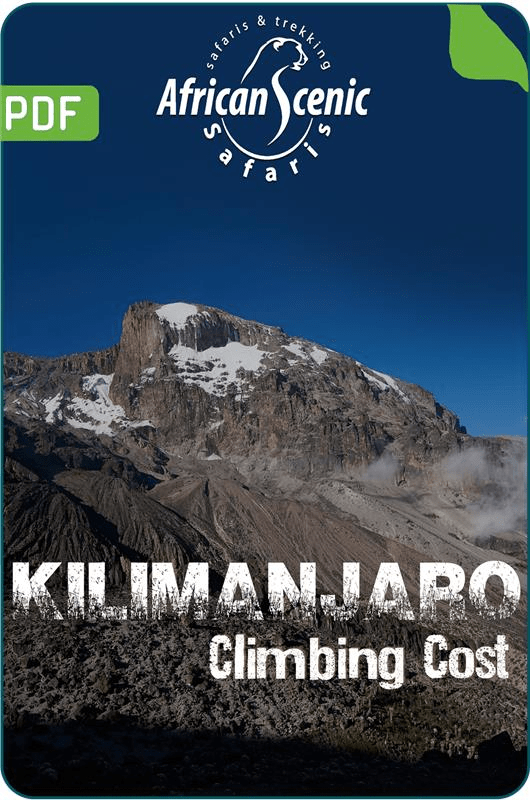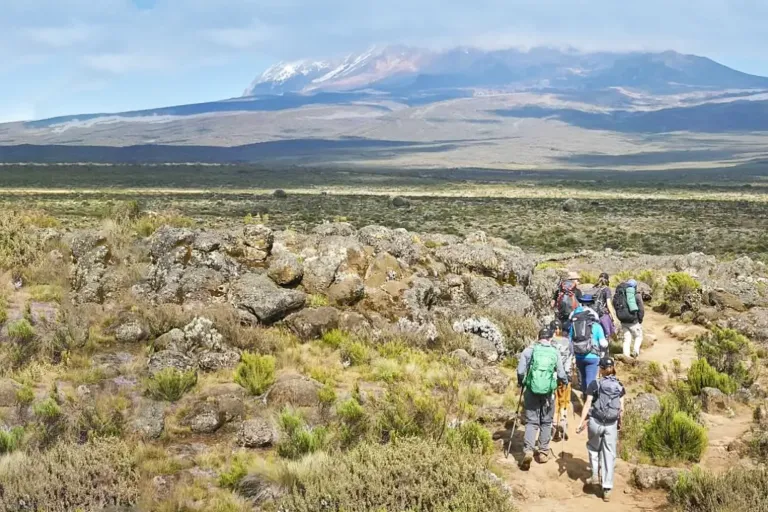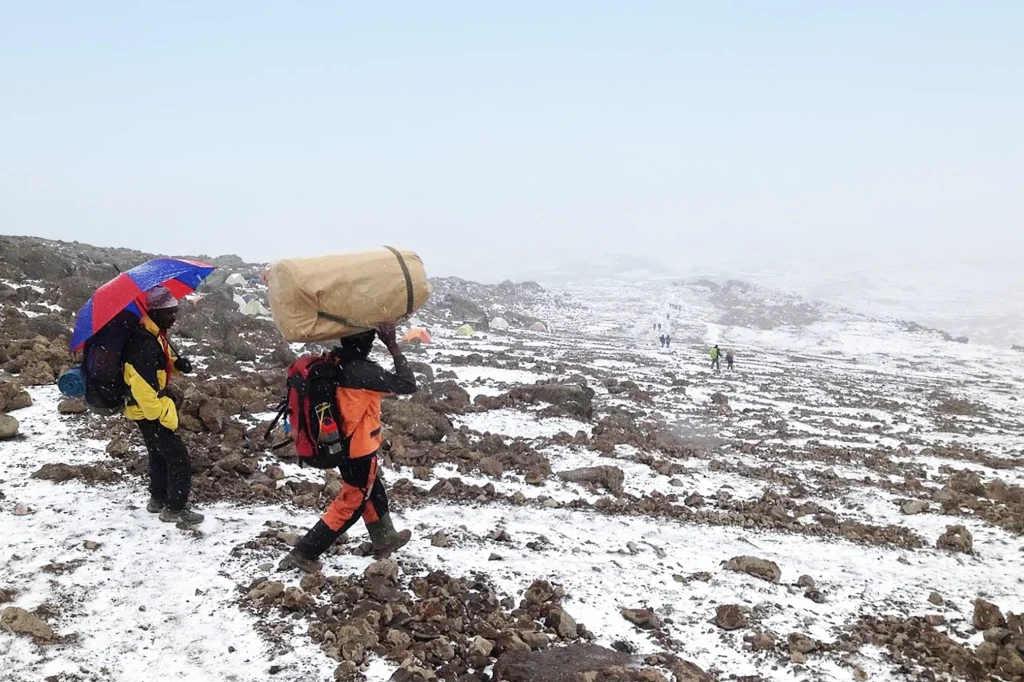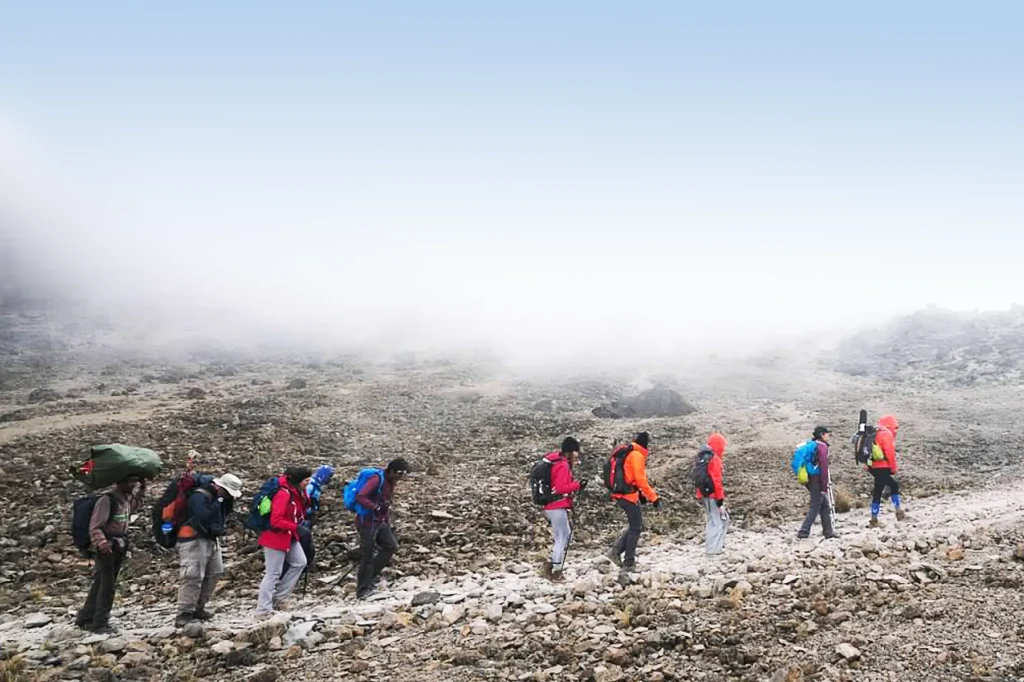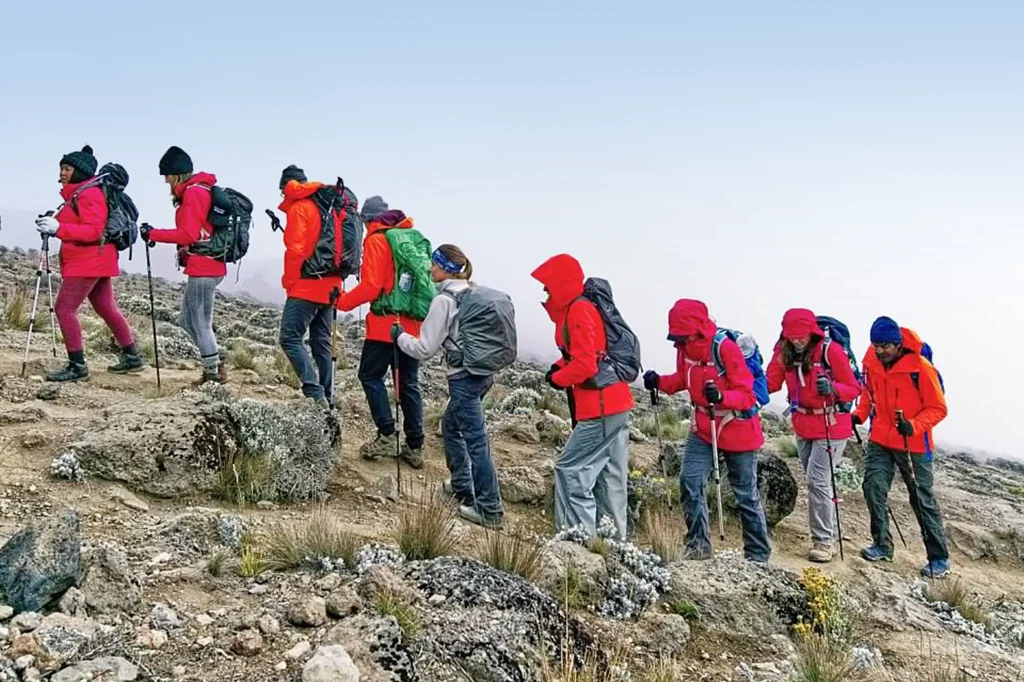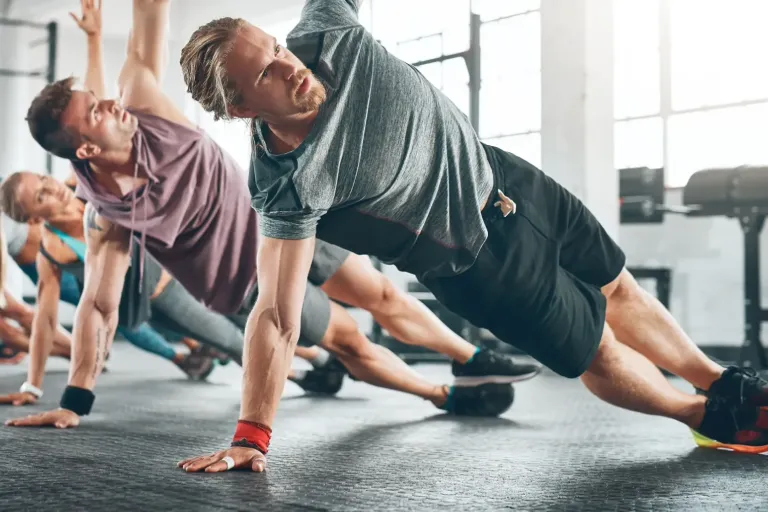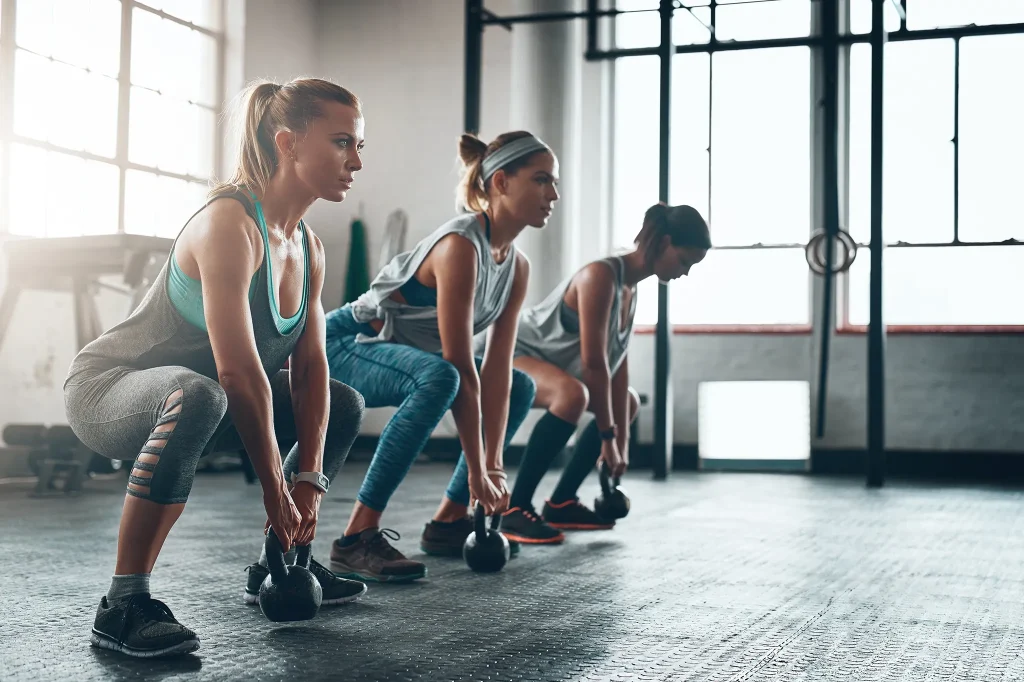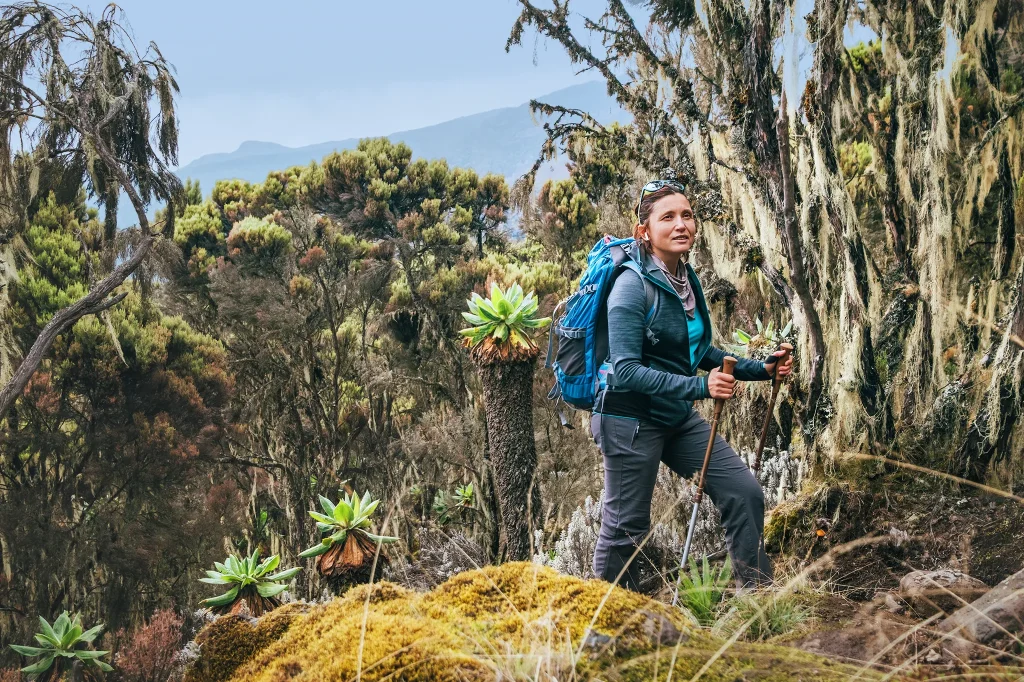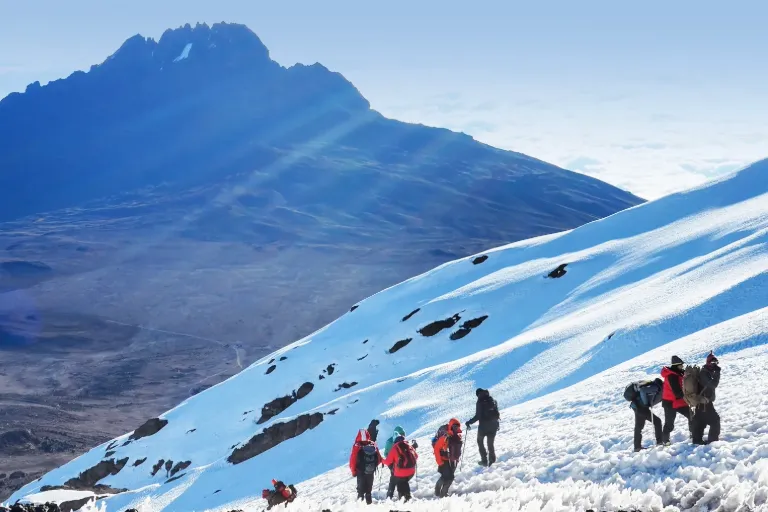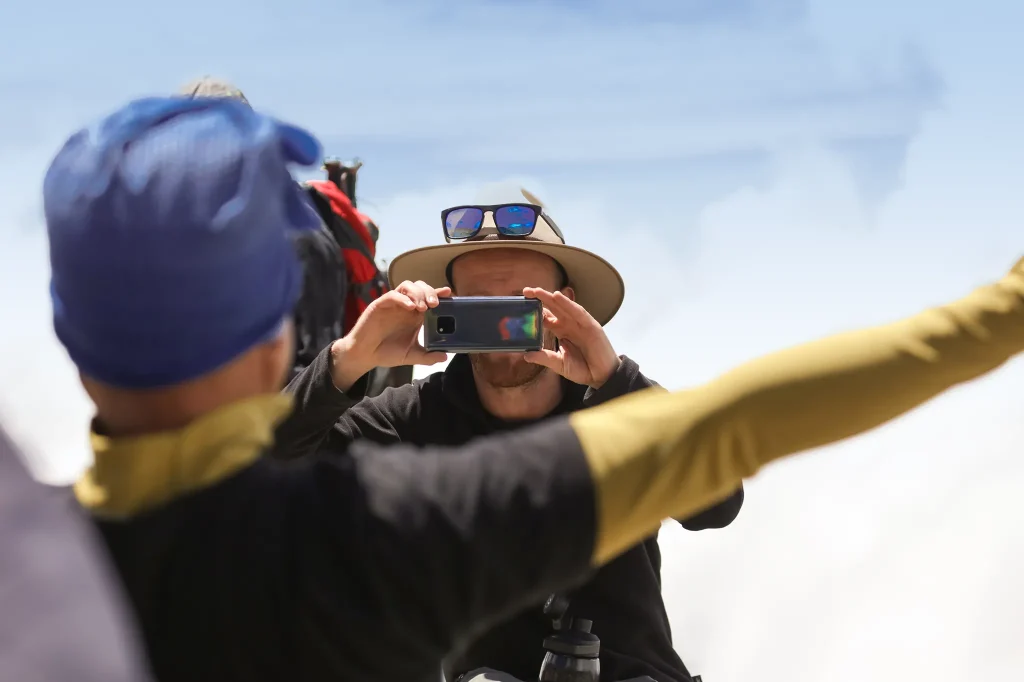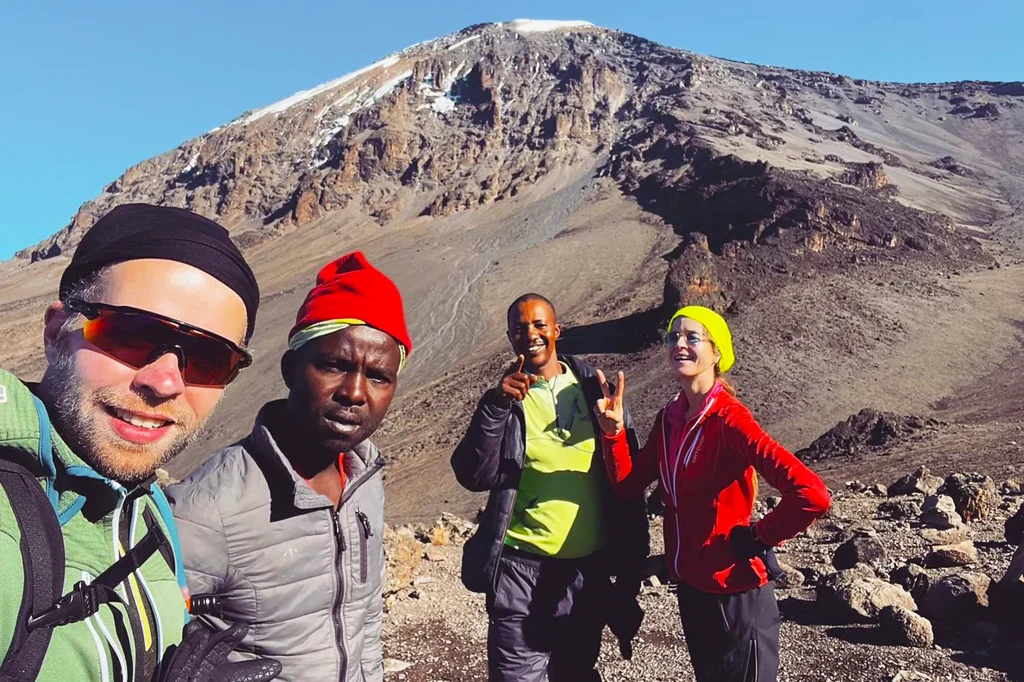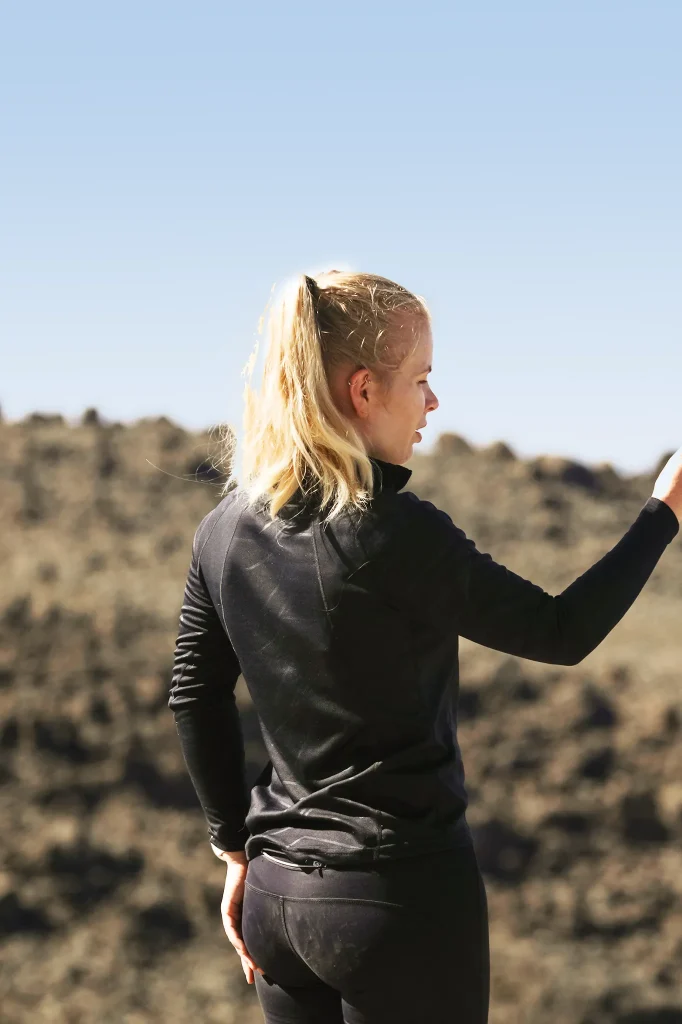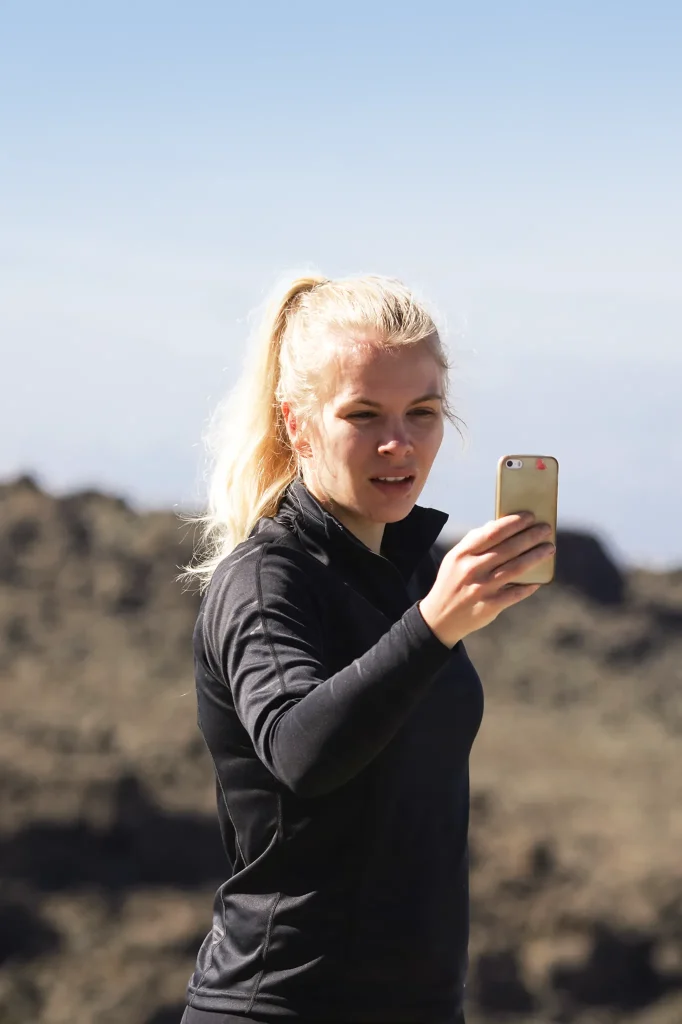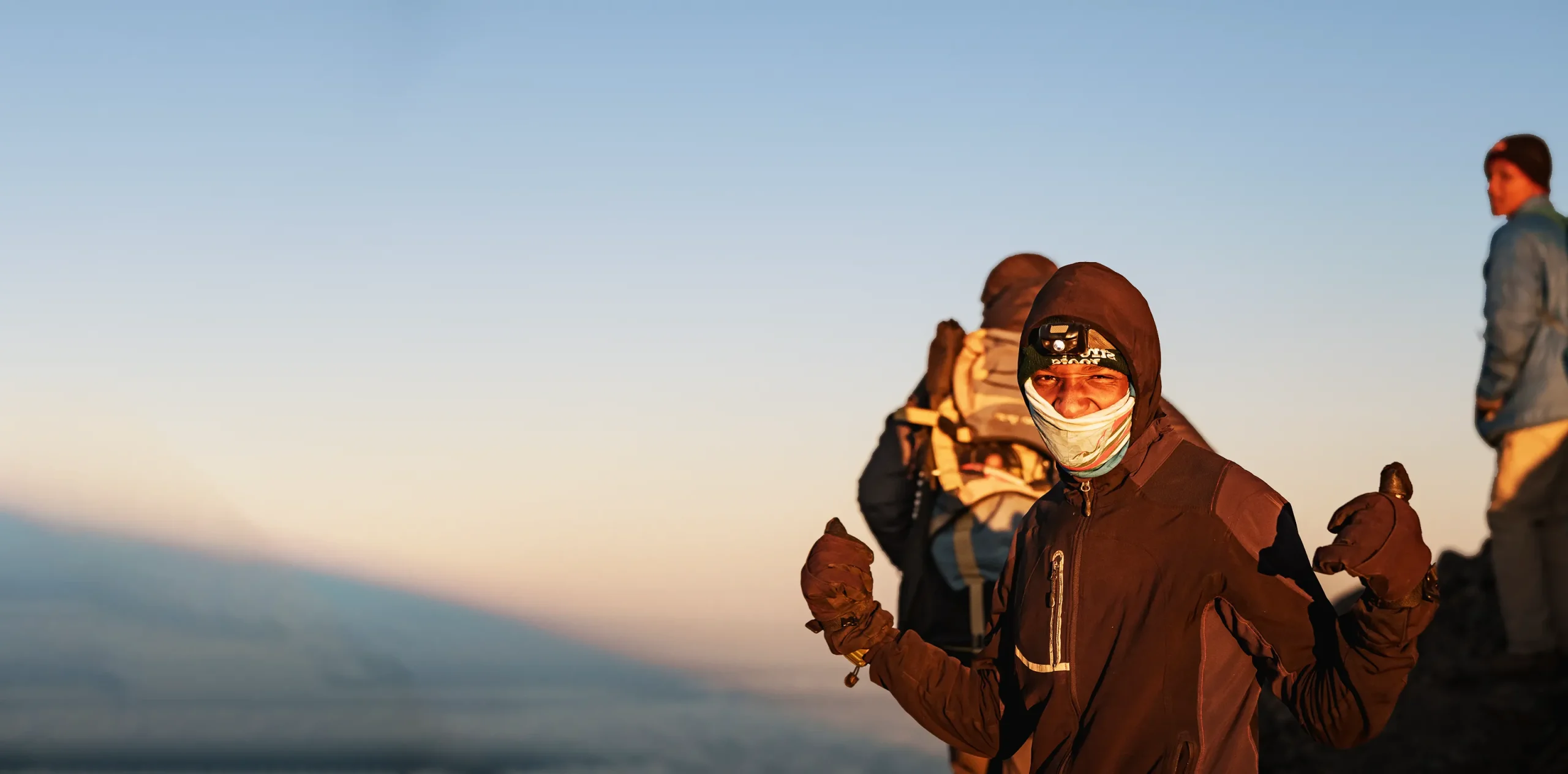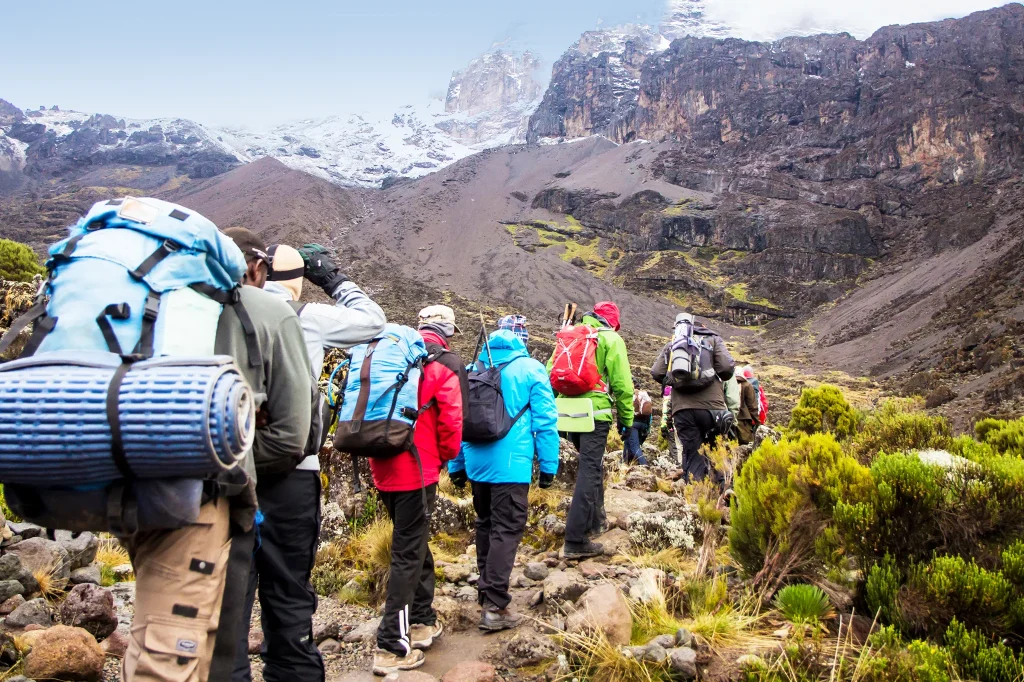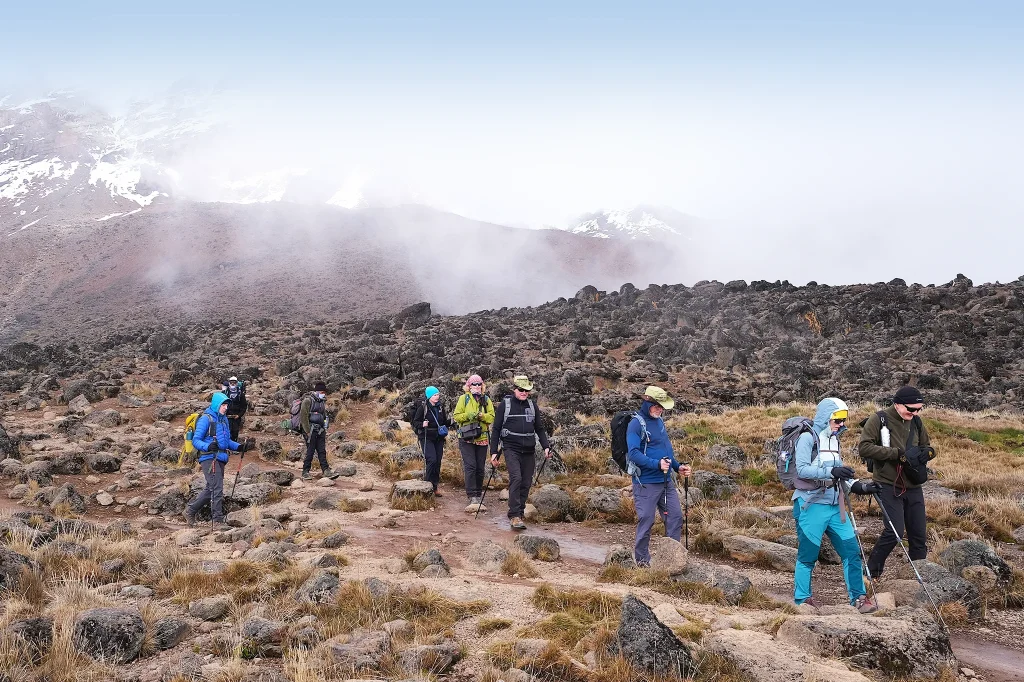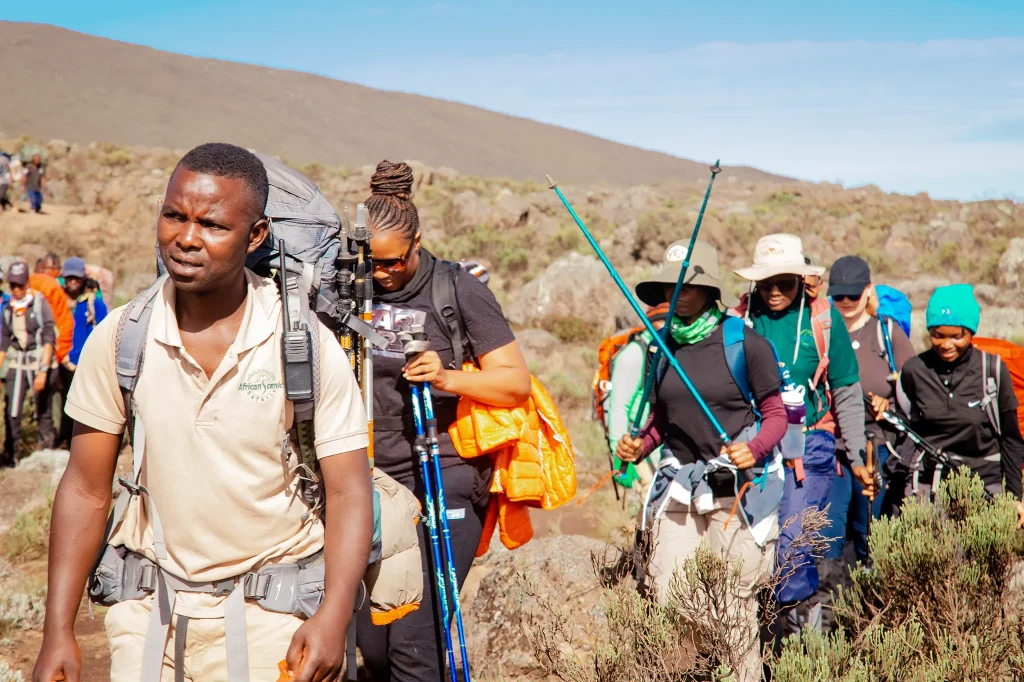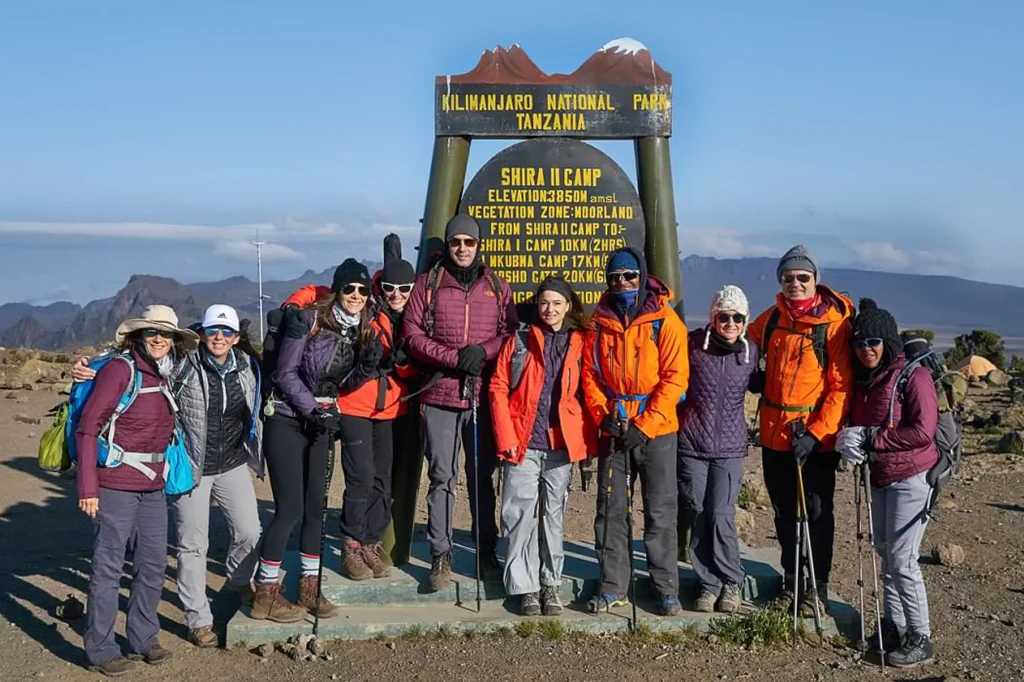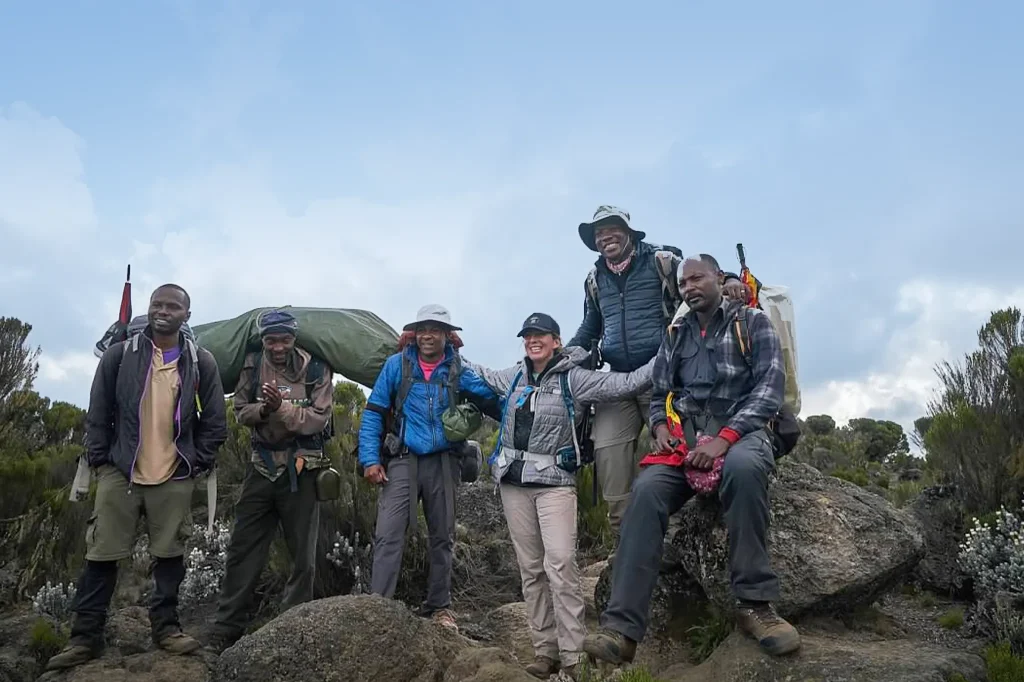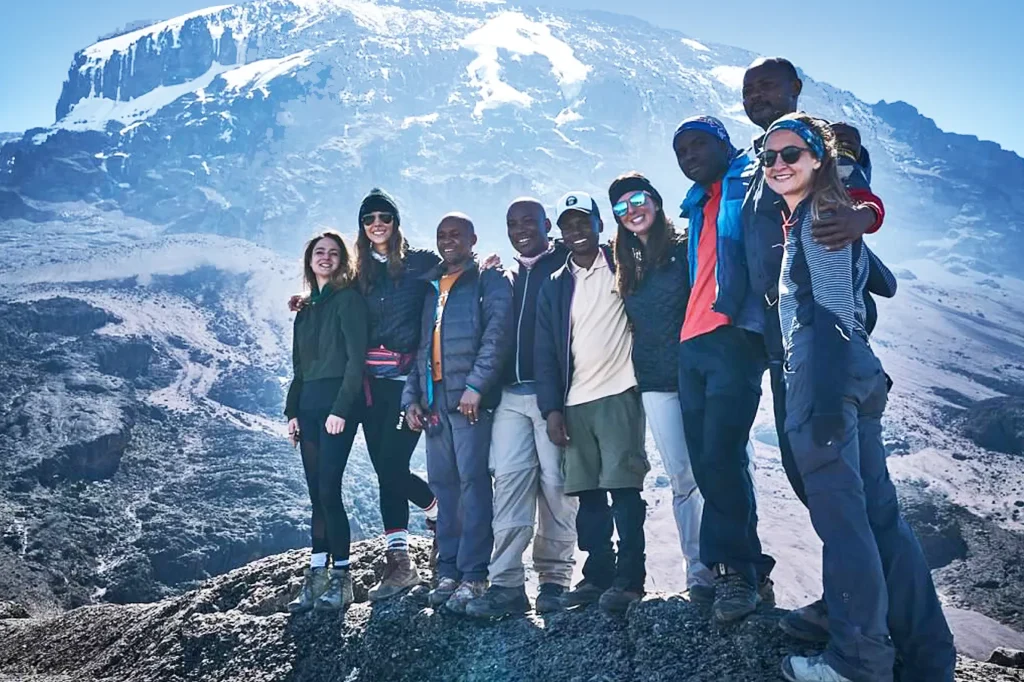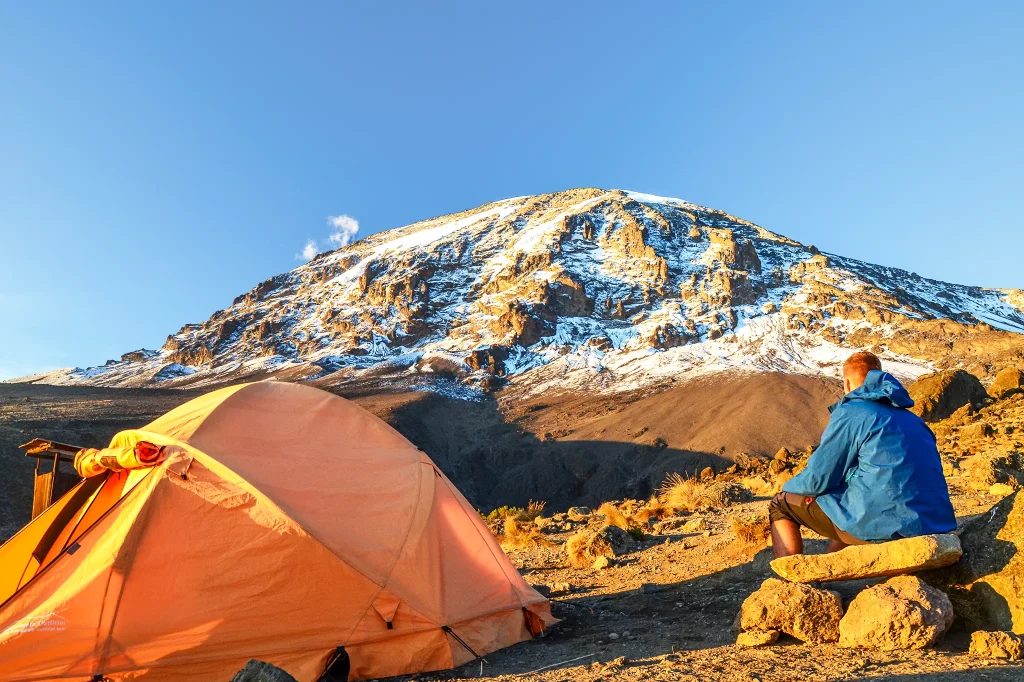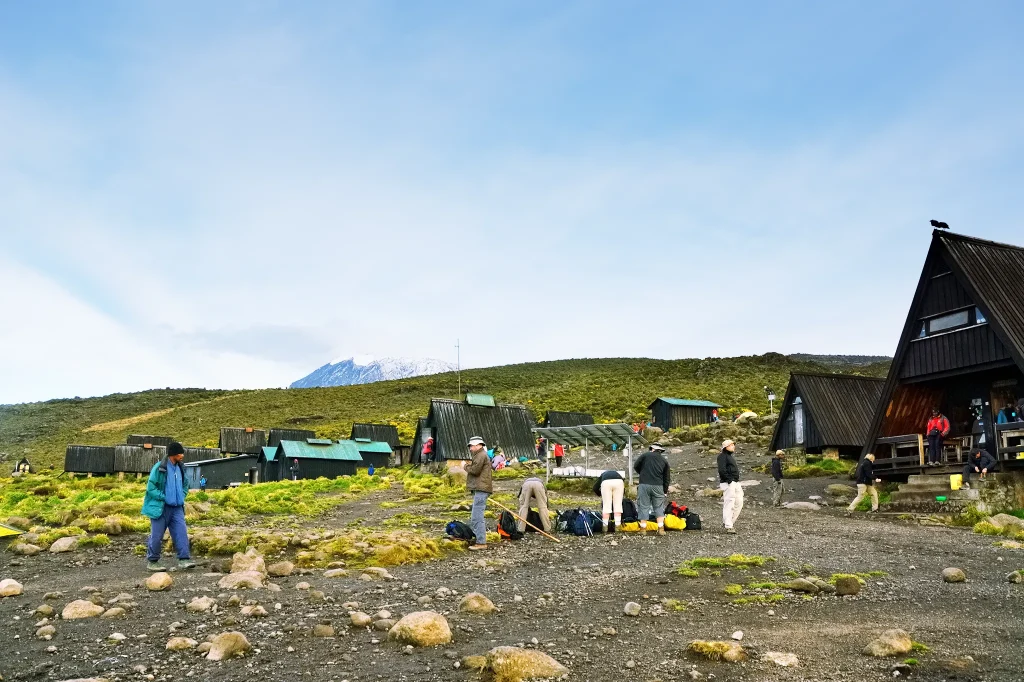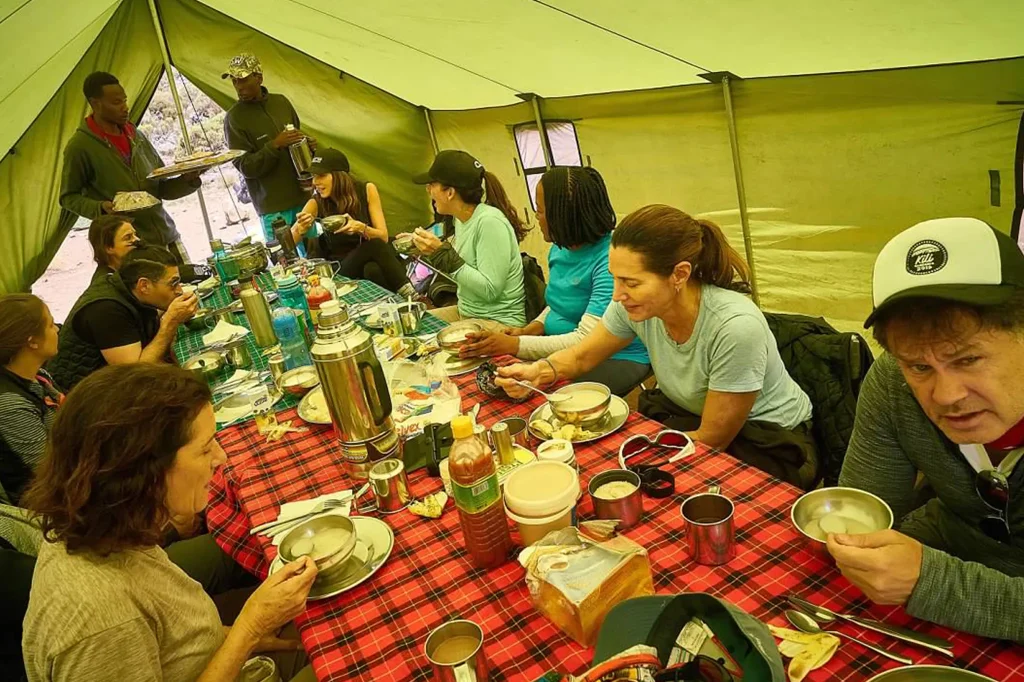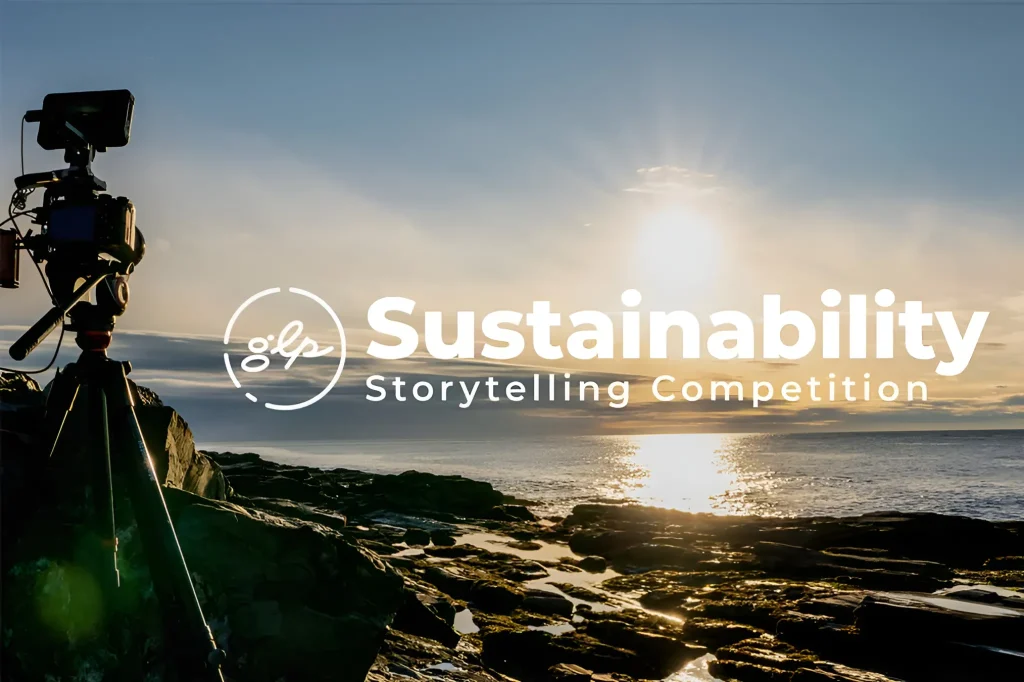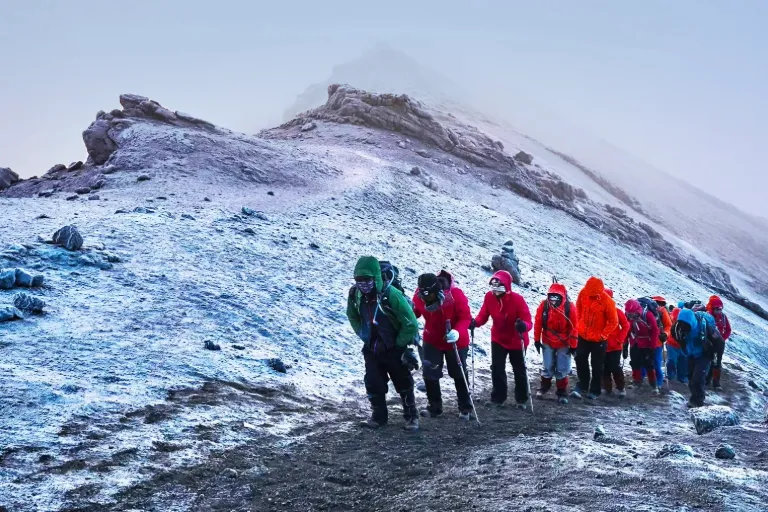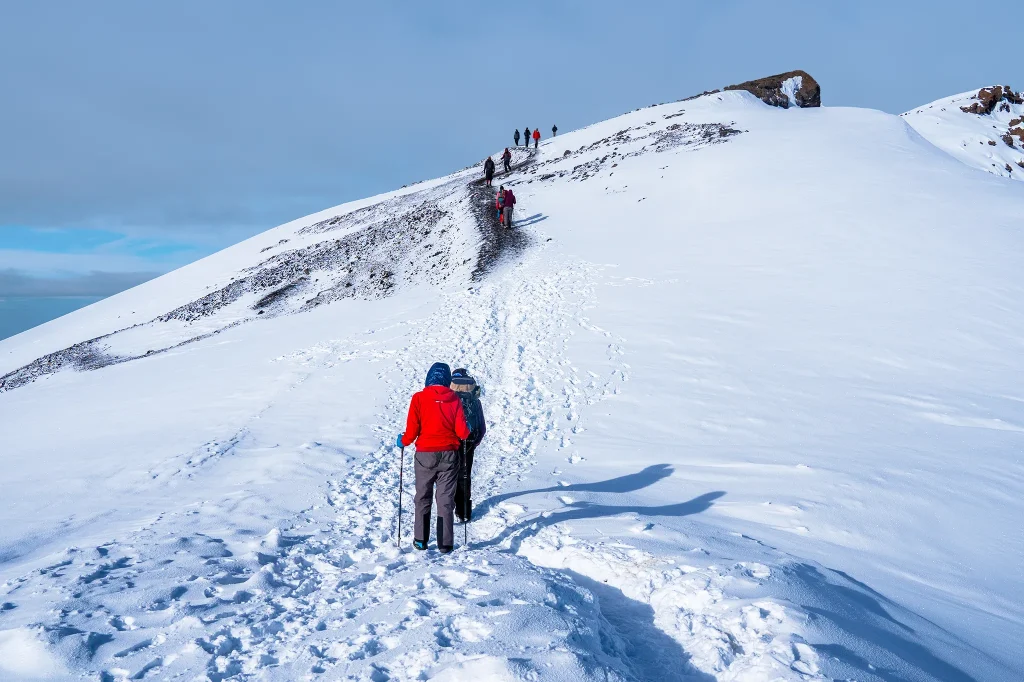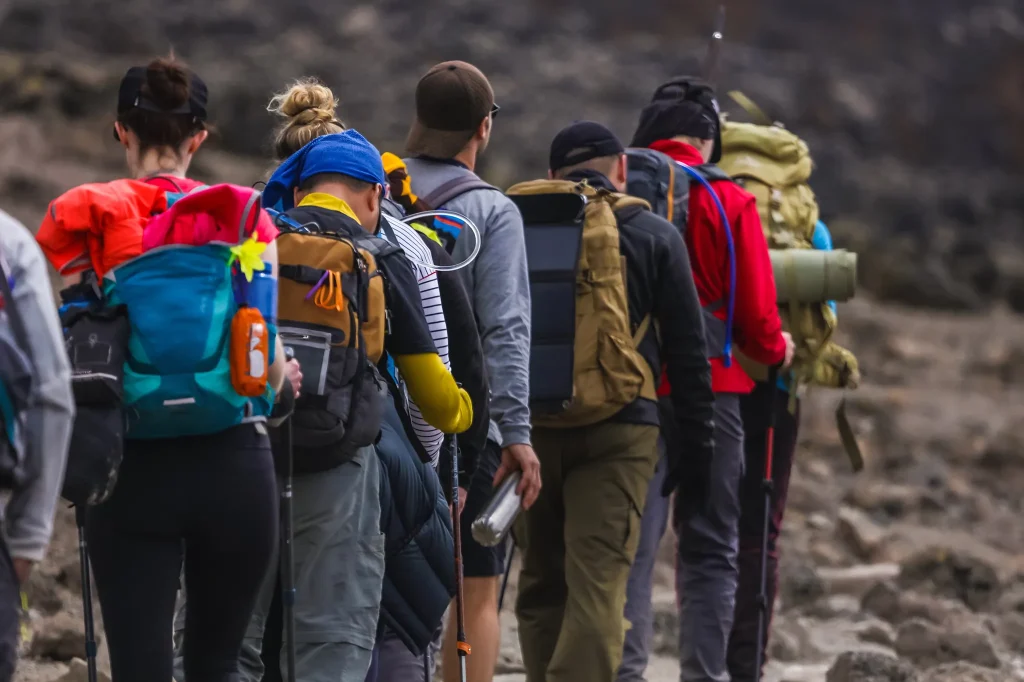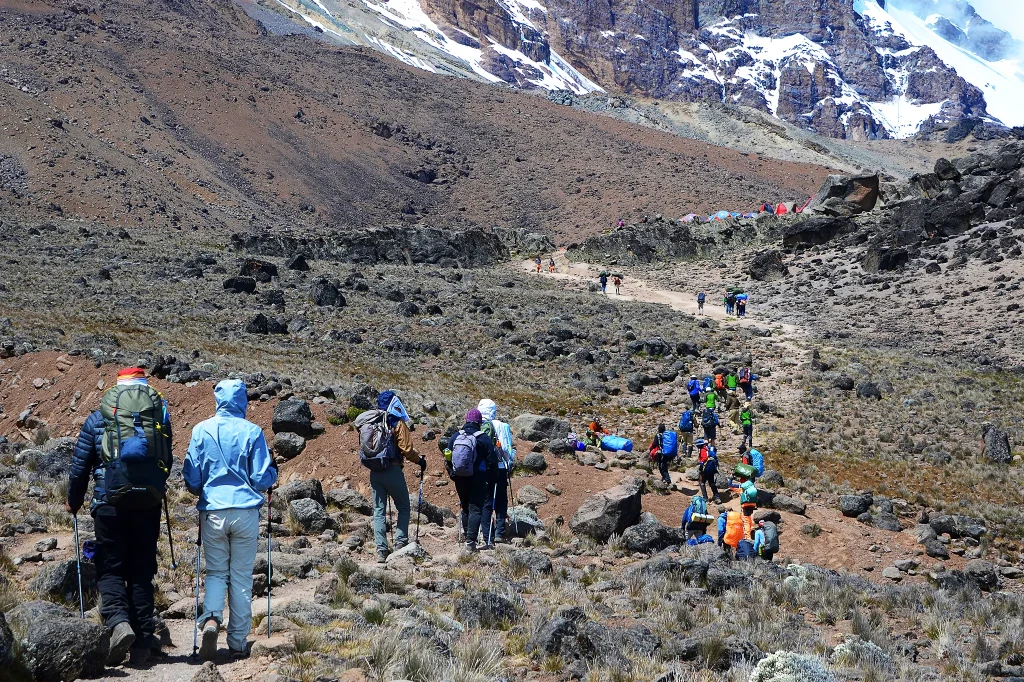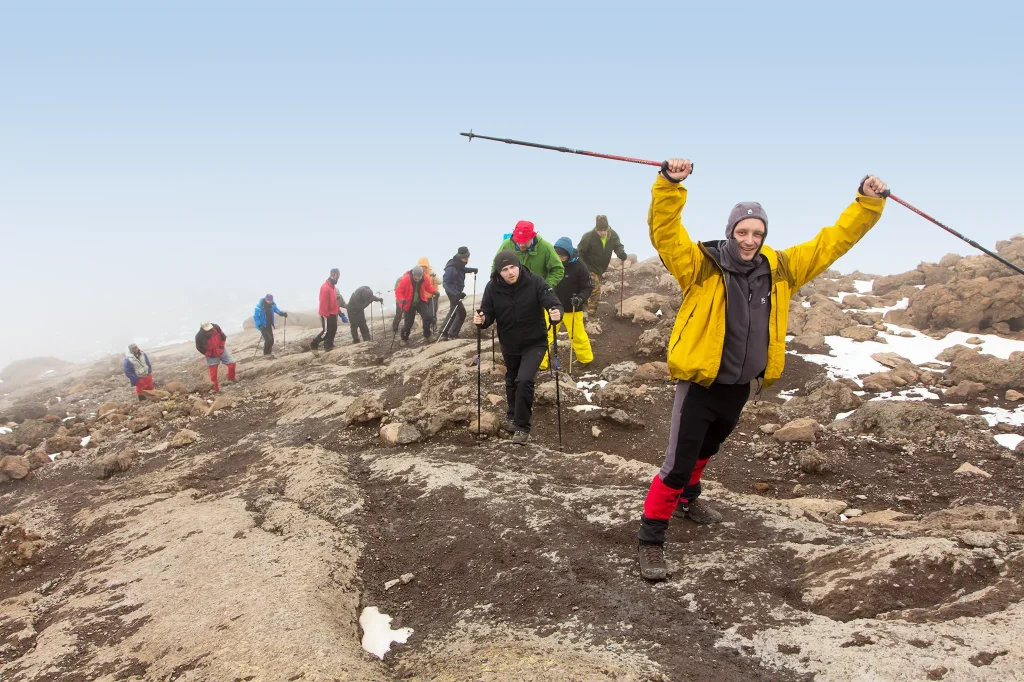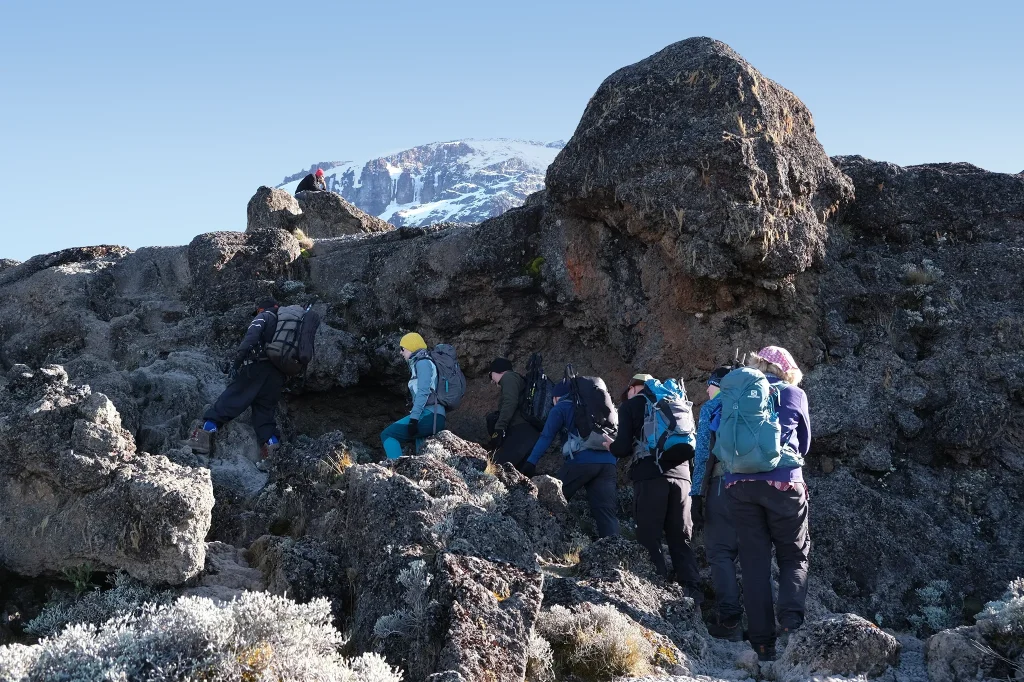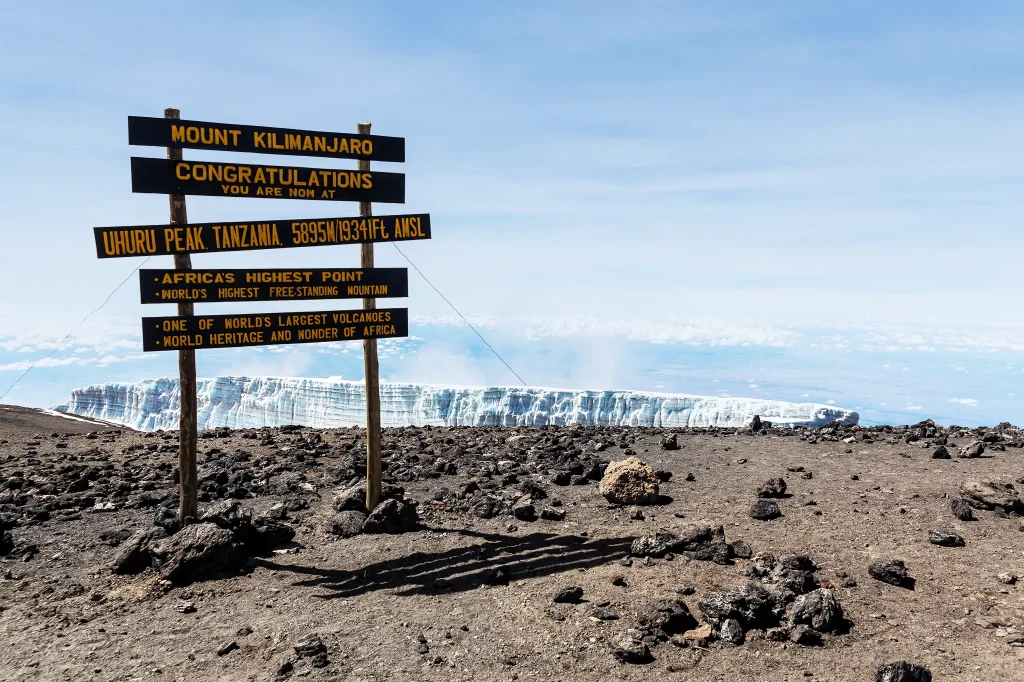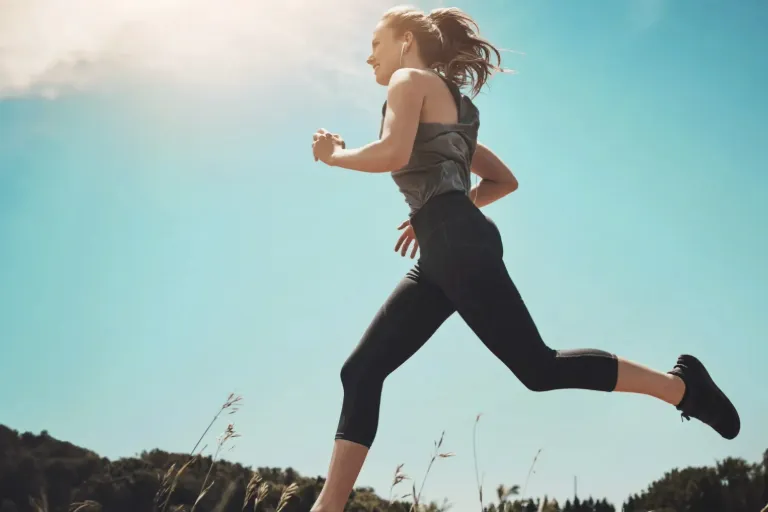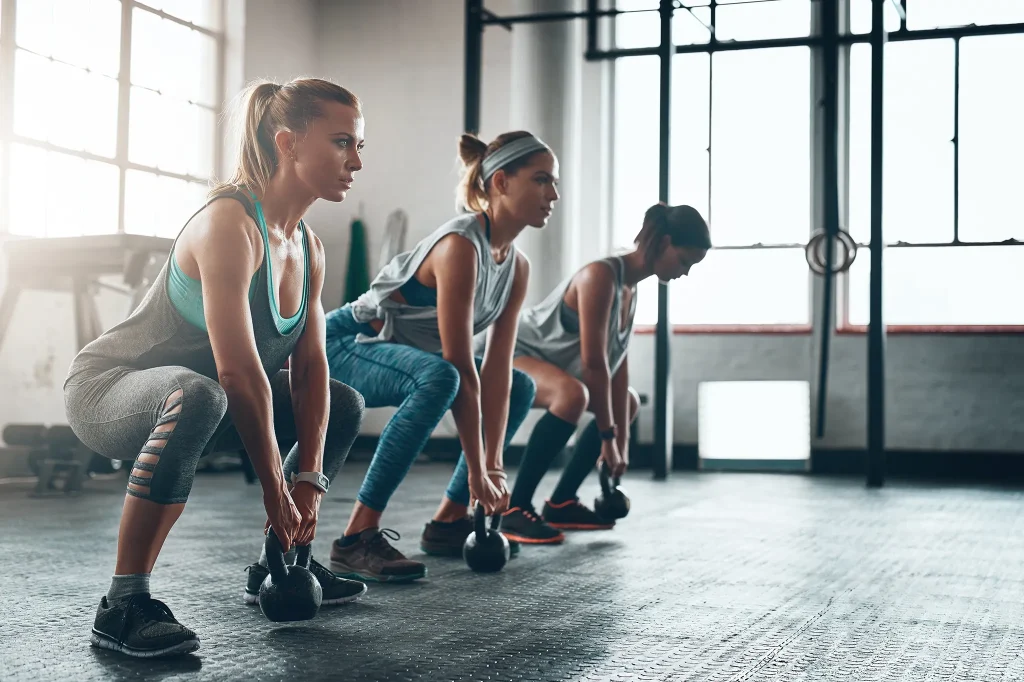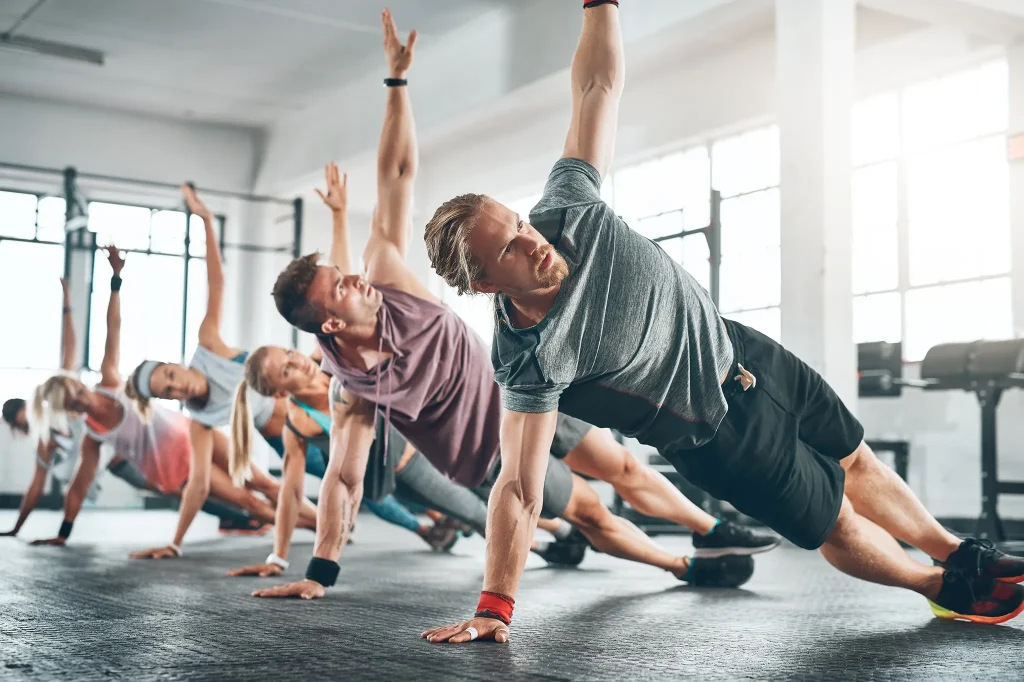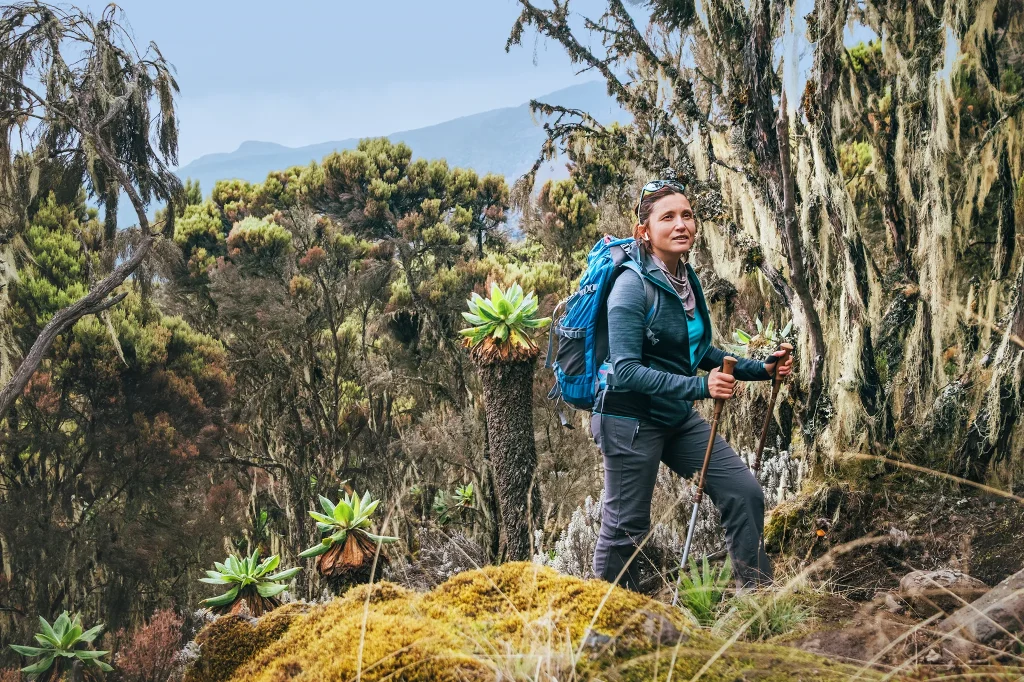Navigating the 8 Days Lemosho Route offers the best possible opportunity to witness the scenic beauty of Africa’s highest peak. On this Kilimanjaro Climbing Route, you will cross ecologically rich zones from lush rainforests to the beautiful Arctic zone.
As the route provides a relatively flat hike, it has recently gained popularity. Also, you can expect to stay in comfortable and spacious tents and get served excellent meals when Climbing Kilimanjaro via this route. Join us as we detail this enriching adventure with African Scenic Safaris.
Why Choose the Lemosho Route for Your Kilimanjaro Adventure?
The Lemosho Route is a top pick for many trekkers opting for Kilimanjaro Tours. It’s one of the newer paths leading to the peak and intersects with the renowned Machame route.
However, what sets Lemosho apart are certain unique benefits that cater primarily to those willing to invest a little more time in their ascent. Let’s see what makes the 8 Days Lemosho Route an exceptional choice:
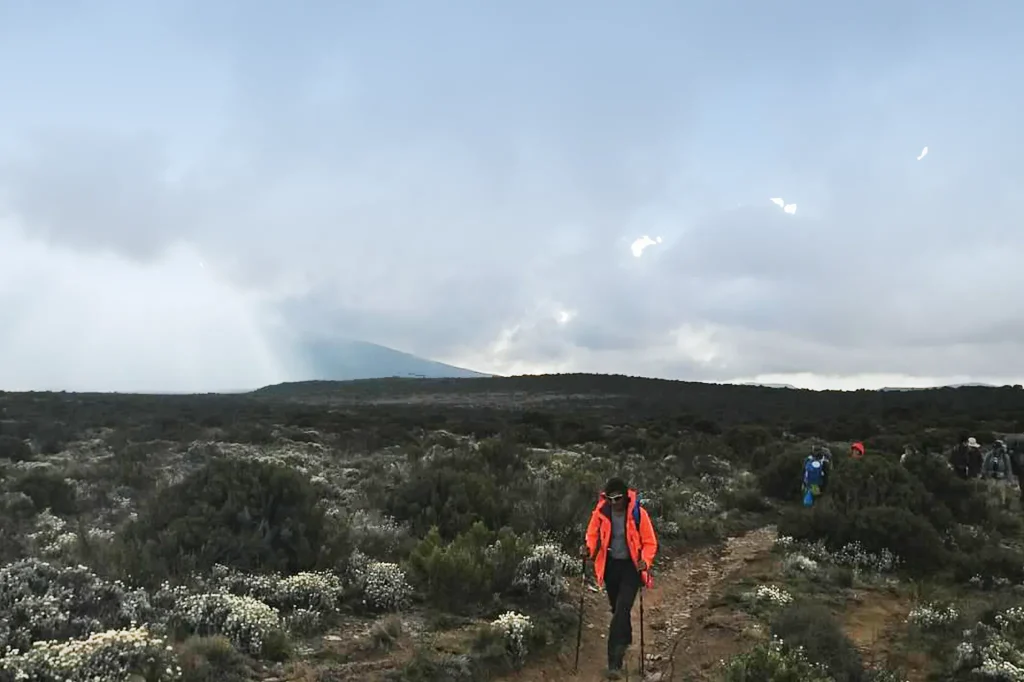
Lemosho Route Cost
Opting for Lemosho offers excellent value for money. For an eight-day trek, the Lemosho Route Cost starts from
- $3,249 per person if you’re in for a private climb
- $3,149 for those joining Group climbs
This Lemosho Route Kilimanjaro Cost incorporates a unique experience through diverse landscapes, with increased summit chances due to proper acclimatization. The slightly elevated price compared to the other Lemosho Route 7 Days itinerary ensures a more paced, and hence, a more enriching experience.
Scenic Beauty
This Lemosho Route Kilimanjaro is a visual treat, offering trekkers an array of landscapes to admire. From dense, vibrant forests to wide-open plateaus, Lemosho encapsulates the best Kilimanjaro offers.
Higher Summit Success Rate Time is on your side with the 8 Days Lemosho Route trek. The extended journey of 8 days ensures you have sufficient time to acclimatize, increasing your chances of reaching Uhuru Peak successfully.
Special Mention: The Lemosho Route Success Rate stands out when examining the numbers. With the 8 Days Lemosho Route trek, climbers have reported an impressive 90% success rate. This is significantly higher compared to other routes. The data showcases the advantage of allowing your body ample time to acclimate, giving you a better chance at conquering Uhuru Peak.
Kick-Starting the 8 Days Lemosho Route
Your Tanzanian adventure of climbing its highest peak begins at the Kilimanjaro International Airport. A swift transfer will take you to your chosen accommodation – either the classic Simba Farm Lodge or the premium Ndarakwai Ranch.
Here, experienced Lemosho Route Guides will provide a comprehensive briefing, ensuring you’re prepared for the days ahead.
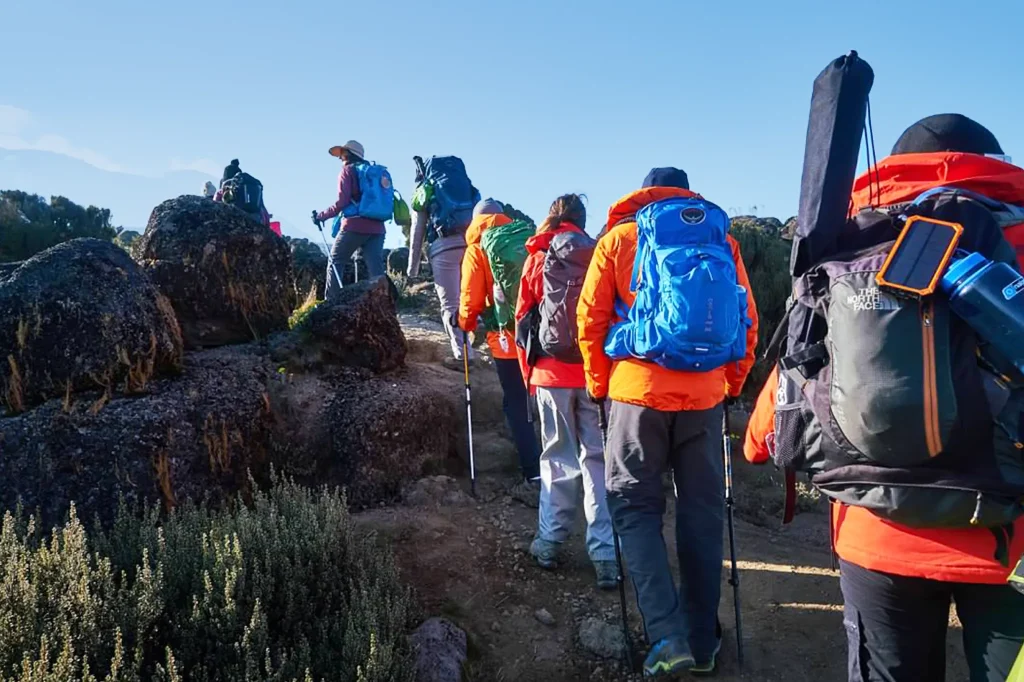
The Lemosho Route Trek Days
In this section, we will elaborate on the day-by-day journey on the 8 Days Lemosho Route, unfolding the challenges and splendors each day presents.
Day 1: Lemosho Trailhead to Big Tree Camp
Elevation Gain: 400m
Duration: 2-3 hours
Key Highlights:
- Entry formalities at Londorossi gate.
- A scenic drive leading to the Lemosho trailhead.
- Trekking through the pristine forest with possible Colobus monkey sightings.
From the Londorossi gate, a drive brings you to the Lemosho trailhead. As you begin this Mount Kilimanjaro Hike, the lush forest welcomes you, where the fortunate might even spot Colobus monkeys. After an oscillating trek, you’ll rest at the Big Tree Camp (Mti Mkubwa).
Day 2: Big Tree Camp to Shira 1 Camp
Elevation Gain: 750m
Duration: 5-6 hours
Key Highlights:
- The Kilimanjaro Trek begins from the forest and then smoothly transitions into a realm of giant heather and volcanic rock.
- Lemosho Route crosses the entire Shira Plateau, where you can see the stunning views of Kibo Peak.
Stepping out of the dense forest, your path ascends through giant heather and volcanic rock zones. The day’s climax is reaching the Shira 1 Camp, with magnificent views of Kibo across the plateau – truly a highlight of the Kilimanjaro Climbing Tours.
Day 3: From Shira 1 camp to Shira 2 camp
Elevation Gain: 300m
Duration: 3 hours
Key Highlights:
- Crossing the majestic Shira Plateau, one of the world’s highest plateaus.
- Optional ascent to the peak of Shira Cathedral.
- Culminating the trek with a steady climb to the Shira 2 Camp.
Trekking across the high-altitude Shira Plateau, an optional ascent to Shira Cathedral, is available for daredevil hikers.
Ending the day at Shira 2 Camp, the surroundings serve as a reminder of why this is considered one of the Best Kilimanjaro Tours.
Day 4: Shira 2 Camp to Barranco Camp
Elevation Gain: 750m
Elevation Loss: 700m
Duration: 5-7 hours
Key Highlights:
- A challenging trek over expansive ridgelines and the high desert landscape.
- Encounter the Lava Tower, a monumental 300-foot volcanic plug.
- Experience the enchanting descent into Barranco Valley.
This day is crucial for Kilimanjaro Acclimatization, as you ascend to Lava Tower before descending into the Barranco Valley. The landscapes are diverse, ranging from high deserts to zones dotted with the rare Senecio Kilimanjaro plants.
Day 5: Barranco Camp to Karanga Camp
Elevation Gain: 300m
Elevation Loss: 250m
Duration: 3-4 hours
Key Highlights:
- Starting with the famous Barranco Wall scramble that offers panoramic views.
- Descend into the Karanga Valley, followed by a climb to the camp.
- Marvelous vistas of Kibo and Mount Meru, weather permitting.
A thrilling scramble up the Barranco Wall awaits on Day 5 of the 8 Days Lemosho Route. Once at the top, breathtaking views unfurl in all directions before descending into the Karanga Valley and a steep climb to the Karanga Camp.
Day 6: Karanga Camp to Kosovo Camp
Elevation Gain: 850m
Duration: 4-5 hours
Key Highlights:
- A continuous ascent to Barafu Camp, followed by a journey through rocky terrains leading to Kosovo.
- Completion of the South Circuit, revealing varied views of Kilimanjaro Mountain.
- Glimpses of the twin peaks: Mawenzi and Kibo.
This day marks a significant ascent to Kosovo Camp, a small camp on the ridge beneath Kilimanjaro’s summit cone. This is part of the Lemosho Route Kilimanjarothat offers majestic views of Mawenzi and Kibo peaks.
Day 7: Kosovo Camp to Uhuru Peak and then Mweka Camp
Elevation Gain: 1,095m
Elevation Loss: 2,785m
Duration: 11-14 hours
Key Highlights:
- The Summit Day consists of a pre-dawn final ascent to Kilimanjaro’s summit.
- Experiencing the surreal sunrise at Stella Point.
- Reaching Uhuru Peak, the highest point on Mount Kilimanjaro and the entire African continent.
- A rewarding descent to Mweka Hut, celebrating the day’s achievements.
A challenging climb in the darkness before dawn will eventually reward you with Africa’s sunrise from Stella Point. From there, a less demanding trek takes you to Uhuru Peak – the zenith of your Climbing Kilimanjaro journey. The descent to Mweka Hut offers a contrasting yet equally mesmerizing experience.
Day 8: Descend from Mweka Camp to Mweka Gate
Elevation Loss: 1,280m
Duration: 2-3 hours
Key Highlights:
- A tranquil descent through lush forests, reminiscing the entire journey.
- An opportunity to spot playful monkeys along the way.
- The official end of the trekking journey, with a warm welcome at Mweka Village.
Your final trekking day leads you through the verdant forest to the Mweka Gate. Monkeys might accompany you as you remember your Kilimanjaro Routes experience. The Kilimanjaro Climb finally ends with a restful evening in Moshi.
Departure or Extending the Adventure
While the Kilimanjaro Climbing trek concludes, the adventure doesn’t have to! Our team always ensures a timely drop at Kilimanjaro Airport for your onward flight.
Now, it’s your choice whether to return to your home or move ahead to experience more of Tanzania’s charm. Dive into the next phase of your Tanzanian adventure with us.
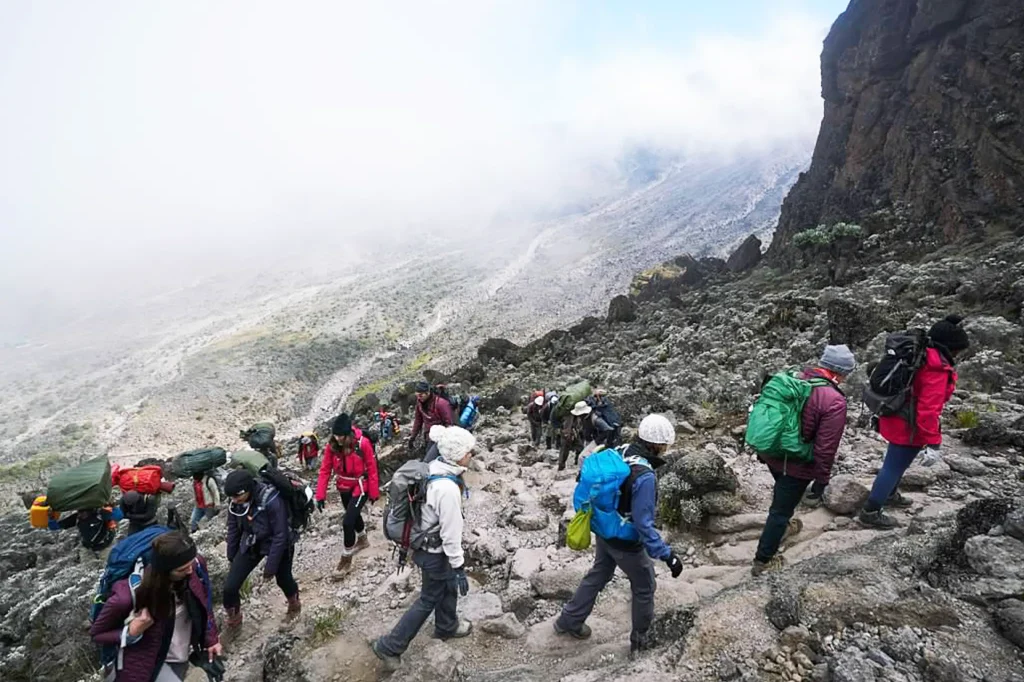
Lemosho’s Panoramic Spectacle Awaits on Kilimanjaro
At African Scenic Safaris, we believe that the Lemosho Route is one of the most scenically beautiful Kilimanjaro Climbing Route. With its high success rate and good acclimatization conditions, guests will have a great time summiting Kilimanjaro via the 8 Days Lemosho Route.
So, for those contemplating a journey to the top of Africa, book your Mount Kilimanjaro Climbing tours with us and have the experience of a lifetime.


